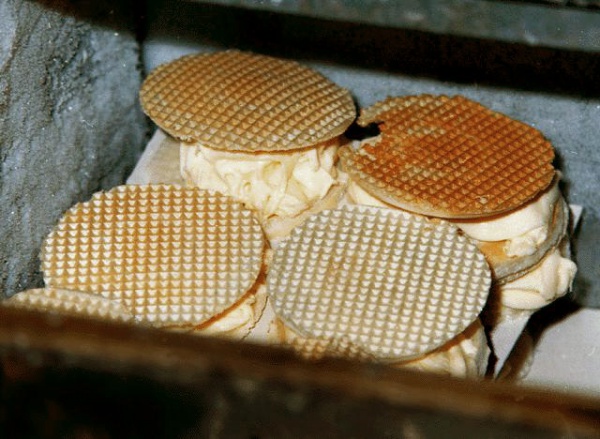Facts About Salep
Salep, also known as sahlep or sahlab, is a distinctive flour made from the tubers of orchids belonging to the Orchis genus. These tubers are rich in a nutritious polysaccharide called glucomannan. Salep has been a cherished ingredient in beverages and desserts, particularly in the cuisines of the former Ottoman Empire, and continues to be a beloved winter drink in the Levant. Unfortunately, the increasing demand for salep has led to the local extinction of orchids in regions like Turkey and Iran.
The term "salep" originates from Arabic. Interestingly, the Ancient Romans believed that drinks made from ground orchid bulbs had aphrodisiac properties. Salep gained immense popularity in the Ottoman Empire and eventually made its way to England and Germany, where it was enjoyed before coffee and tea became widespread. In 17th and 18th century England, it was known as saloop and was a common beverage.
In modern recipes, sahlab is often made with hot milk instead of water. Salep flour is also a key ingredient in desserts such as salep pudding and the renowned Turkish ice cream, dondurma. The Kahramanmaraş region in Turkey is a major producer of sahlab. However, due to the decline in wild orchid populations, exporting real salep has become illegal, leading many instant mixes to use artificial flavorings instead. Sahlab remains popular in Greece and throughout the Middle East, especially in the Levant.
The intense harvesting of wild orchids for salep production has raised concerns about the conservation of these beautiful plants. Reports indicate that traders are now sourcing orchids from Iran and Greece to meet the high demand. In the Middle East, sahlab is a favorite winter drink, often enjoyed hot and garnished with nuts and cinnamon.

 Syria
Syria